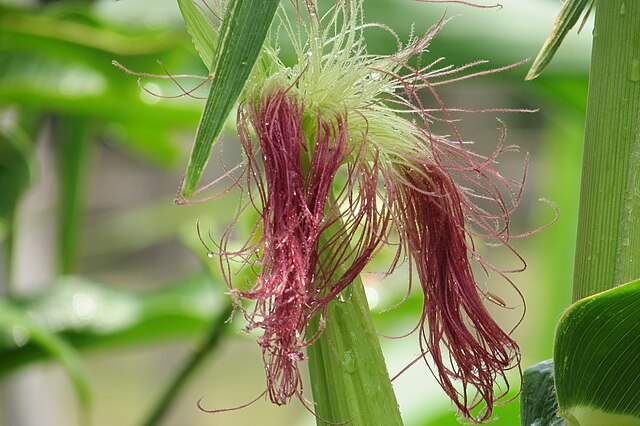The distribution of food basics to markets is underway in Warrap State in northern South Sudan in a bid to subsidize food prices. This comes amid high cereal costs, despite grain prices having declined in May 2024 in some states.
By July 28, a consignment of maize flour and sorghum had reached six counties in Warrap, reported Radio Tamazuj.
The distributing entity, GALDA Co. Ltd, made the purchases for the state and brought them to major consumer markets.
Each county received 1,000 50-kg bags of mostly maize meal and sorghum, while the state’s workers’ union obtained 3,000 bags.
Market subsidies
3,000 sacks also made their way to the strategic Kuajok market, which will be instrumental for keeping consumer prices low.
The current market value of maize meal at the market is around 130,000 SSP ($1,001) per 50 kg. In contrast, the subsidized flour costs 90,000 SSP ($693) per 50 kg, according to State Minister for Information, William Wol.
Sorghum prices too, will now drop to 70,000 SSP ($539) per 50 kg from the reigning inaccessible market rate.
With the coming of the subsidies, the government is persuading residents to purchase quantities that suit them and dissuading commercial buyers.
Weak Purchasing Power vs. High Food Prices in Warrap
Warrap’s Kuajok market had first received 10,000 sacks on July 19, 2024 to revamp weakening local purchasing power.
As a whole, South Sudan has been grappling with a weak pound currency, which has led to high cost of living.
This economical downturn has links to the destruction of oil infrastructure to the Red Sea during the war.
Rain Season
Despite the economic crisis, South Sudan is now at its second rain season from June to September. This follows a March to May 100 mm surplus rainfall, which nurtured the early crop.
However, the supplies that the rains have brought are under pressure from seasonal floods and newcomers escaping war in Sudan.
All in all, subsidies could cool food prices in Warrap State and help regenerate the purchasing power among consumers. And as the statistics below illustrate, South Sudan’s food price issue is not a 2024 phenomenon but a historical one.
South Sudan Food Prices Statistics
South Sudan subsists mainly on grain staples such as sorghum and maize, together with tubers, vegetables, fruits, meat and fish cuisine. As such, periodical control of food prices helps reduce consumer inflation. World Bank data shows that food price inflation was highest in March 2023 at 9.30%, and lowest in April 2014 at -12.80%. In more recent times, the food inflation in July 2024 stood at 8.86%. The lowest food price index estimate in the last 5 years was in April 2019 at 1.25 points. The highest was in July 2024 at 17.25 points.
How much do South Sudanese spend on fruits/vegetables per day?
South Sudanese consumed at least $0.56 per person per day in fruits or vegetables with relation to daily starch consumption in 2021. This is higher than neighboring Uganda at $0.47 and Kenya at $0.49 but lower than Sudan’s $0.73 and Ethiopia’s $1.27.
What are the historical prices of sorghum in South Sudan?
Sorghum prices in the capital of Juba generally curved up from January 2020 through January 2023. According to Famine Early Warning Systems Network (FEWS), the wholesale price of white sorghum was at 500 SSP ($3.85) per 3.5 kg in early 2020. The price went on to touch the 1,500-SSP ($11.55) mark in January 2021. Up to April 2022, the price generally remained low below the above rate. However, since July 2022, it climbed steadily to 3,000 SSP ($23.1) per 3.5 kg point in October 2022. It breached the 3,200-SSP ($24.64) per 3.5 kg point in January 2023.
